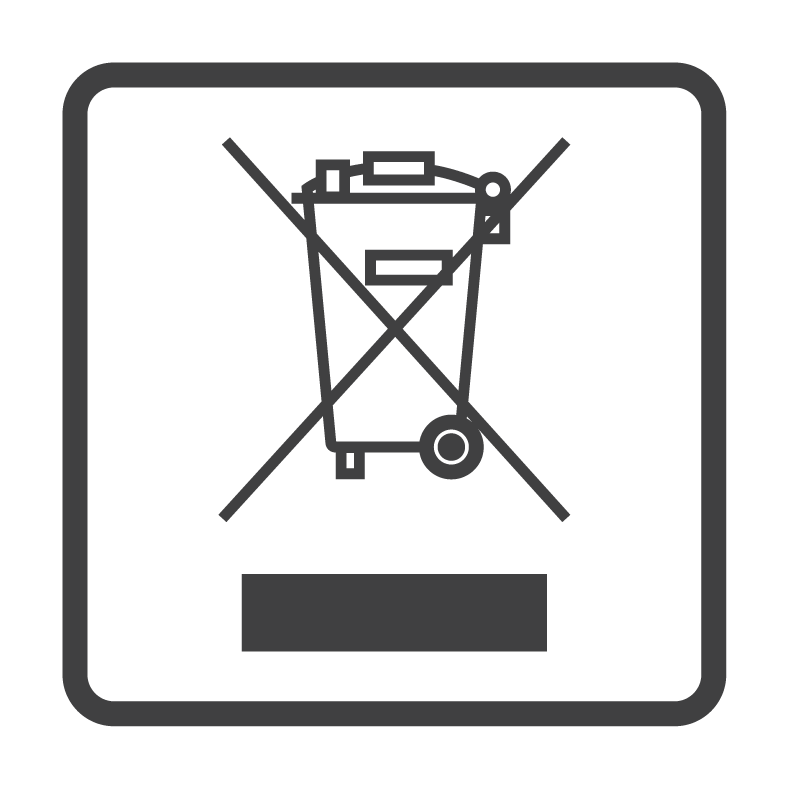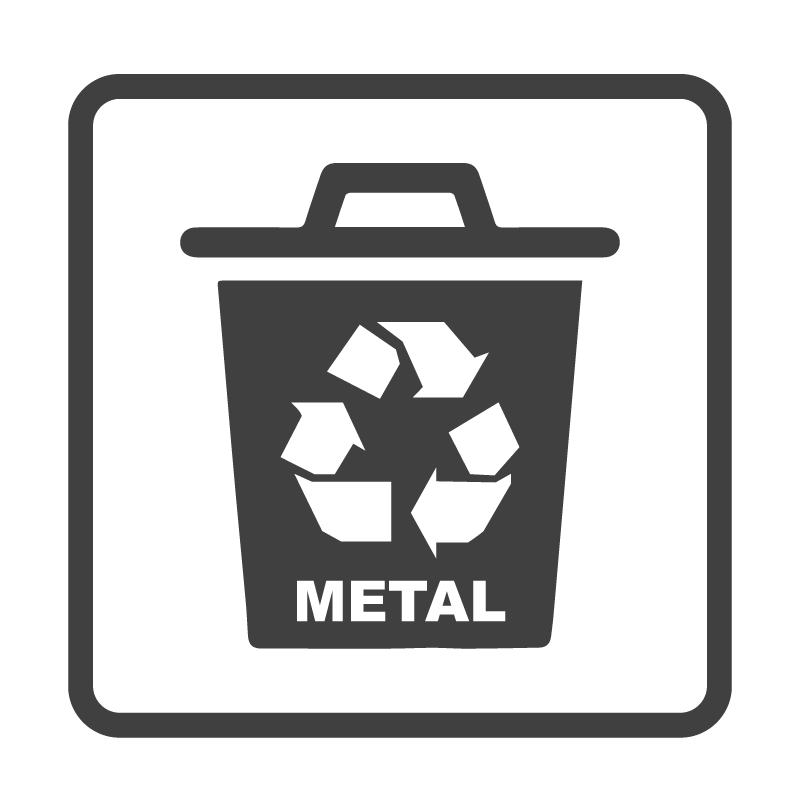Veterinary Equipment Manufacturer
Last Updated: September 15, 2021 by Dispomed


This is a common question we get asked once you notice that your lead aprons or accessories are no longer in good condition. What is the best way to dispose of your lead aprons and accessories?
Lead is very toxic and environmentally harmful. For this reason, it cannot be disposed of as ordinary waste in the environment. X-ray protection accessories should be disposed of as hazardous waste or recycled.

1. Sell the lead accessories to a local scrap metal recycler.

2. Bring the apron to a local waste disposal site for proper disposal. We suggest contacting them beforehand, as they may not have the same regulations.

3. Dispose of the apron through a hazardous waste processing company.

It is always important to check and follow your local regulations before disposing of your lead aprons and accessories. There may be different other ways to get rid of this toxic metal than those suggested above, but these are the most common.

And if you haven’t taken the time yet this year, don’t forget to take an x-ray of your lead aprons and accessories to ensure their effectiveness!













At Dispomed, our commitment to animal care extends beyond providing top-tier veterinary equipment. We understand that the proper maintenance and operation of these tools are

Feline inflammatory bowel disease (IBD) is a condition that causes chronic inflammation and irritation of the intestinal tract, most commonly in middle-aged cats. Inflammatory cells
Stop dropping and breaking your surgical instruments as of now! Does your Mayo table lack stability? Would you like to place your instruments and monitor

We wanted to make paying your invoice as easy and convenient as possible, so we’re excited to let you know that you can now pay

As Pet Dental Month approaches in February, your clinic’s dental care equipment is crucial to providing top-notch, patient-centered care. This November and December, Dispomed is

How to improve employee retention in 4 easy steps Employee turnover is a constant struggle in veterinary medicine. In fact, the American Animal Hospital Association’s